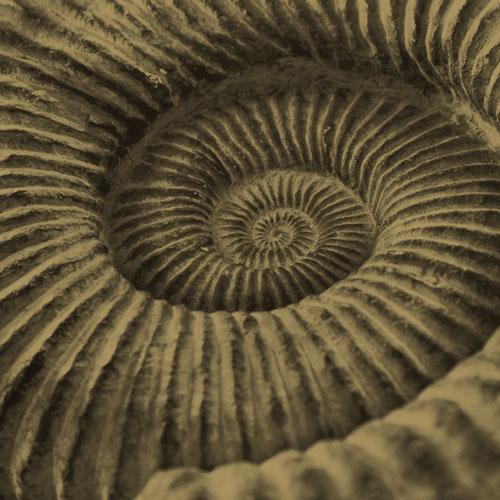IR IIInfrared ThermographyCAT II
Course Overview
Becoming Certified Infrared Thermographer® you have to:
→ Prerequisite: Level I Certification
→ Attend the training and go for open book exam of 66 multiple choice questions, and passing 80% of it.
→ Infraspection certification is good for life and does not expire, there are no renewal fees.
Key Takeaways
Course Outline
•Temperature scales and conversions
•Absolute and relative temperatures
•Classes and benefits of contact thermometers
•Classes and benefits of non-contact thermometers
•Identifying and reducing errors
•Units for measuring radiant power
•Relationship between power and temperature
•Planck’s blackbody curves
• How IR sensors are calibrated
• How to check calibration
• Calibration/accuracy specifications
•Shielding techniques
•Measuring & compensating for with direct and reflector methods
•How emittance varies
•Using default and table values
•Filters to view through materials and atmospheres
•Filters to measure temperatures of material surfaces and atmospheres
•Measuring material transmittance
•Target Width/Distance Ratios
•Calculating target size/distance
•NETA, Mil Spec, and other standards
•Absolute temperature classifications
•ANSI, IEEE, NEMA standards for electrical systems
•Correction formula for load and ambient temperature
•Other standards for mechanical systems
•Developing limits for your equipment
•Data to gather
•Report procedures
•Image processing software capabilities
•Report generation software capabilities
Who Should Attend?
Mechanical & electrical maintenance supervisors, technicians, and engineers
Condition Monitoring, Inspection, Reliability and Machinery Diagnostics specialists.
